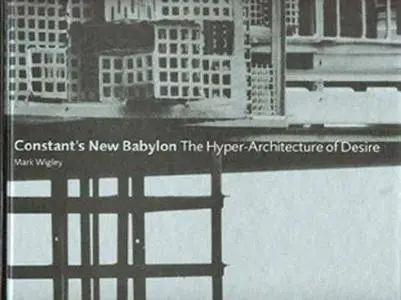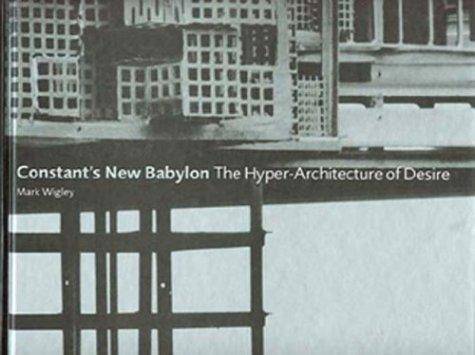Constant's New Babylon: The Hyper-architecture of Desire By Mark Wigley
1998 | 256 Pages | ISBN: 9064503435 | scanned PDF | 30 MB
1998 | 256 Pages | ISBN: 9064503435 | scanned PDF | 30 MB
To turn one’s gaze upon New Babylon today, at the close of our century, is to encounter another world, where surprise and the pleasure of the eyes mingle with innumerable questions, insights, and speculations. New Babylon was the focus of Constant Nieuwenhuys’s activity from 1956 to 1974. These very concrete dates encompass the creation of paintings, drawings, collages, lithographs, scale models, and texts, forming the corpus that we now rediscover at Witte de With, center for contemporary art. This rediscovery is motivated by a critical approach to the present, seeking to avoid a merely historical description of events from a past which, although recent, is nonetheless charged with significant paradoxes. Constant is an artist who, with New Babylon, becomes one of the major visionary architects of this century. Both these domains interest us today: the art and its intentions, the expression and its content, the image and what it conveys, the text and the pedagogical system in which it is inscribed. The challenge is to present an artist whose complex, hybrid work finds no easy classification — especially in the present time of ideological flux, which allows us to elaborate new arguments and to form judgments. New Babylon constitutes the last comprehensive formulation of an idea of the new man, or better, of a social space that allows for the emergence of an other man, of a new way of living in community, in society. New Babylon is engaged with man’s experience of the world — and thus with the function of art — but also with politics, with the values and instruments that we forge for our interaction with the world. Deeply rooted in the avant-garde tradition which, at the outset of this century, produced so many proposals for the renewal of society, New Babylon offers a sharp contrast with the close of our century, when the capacity to imagine the world differently has significantly declined. Here, then, is a first intriguing question: what today remains of our capacity to reinvent the world? With this exhibition and monograph we seek to create a double effect. First, to offer the enjoyment of contemplating an oeuvre of exceptional quality which, since its last complete presentation in the Haags Gemeentemuseum in 1974, has only reached the public through fragmentary presentations (at the Centre Georges Pompidou in Paris, with the exhibition On the passage of a f ew people through a rather brief moment in time: the Situationist International, 1957-1972 in 1989; and at the Museu d’Art Contemporani in Barcelona, with the exhibition Situationists. Art, Politics, Urbanism in 1997). Second, to recover and evaluate the impact that New Babylon can have in the present, where radicality, conviction, and audacity are rare.



